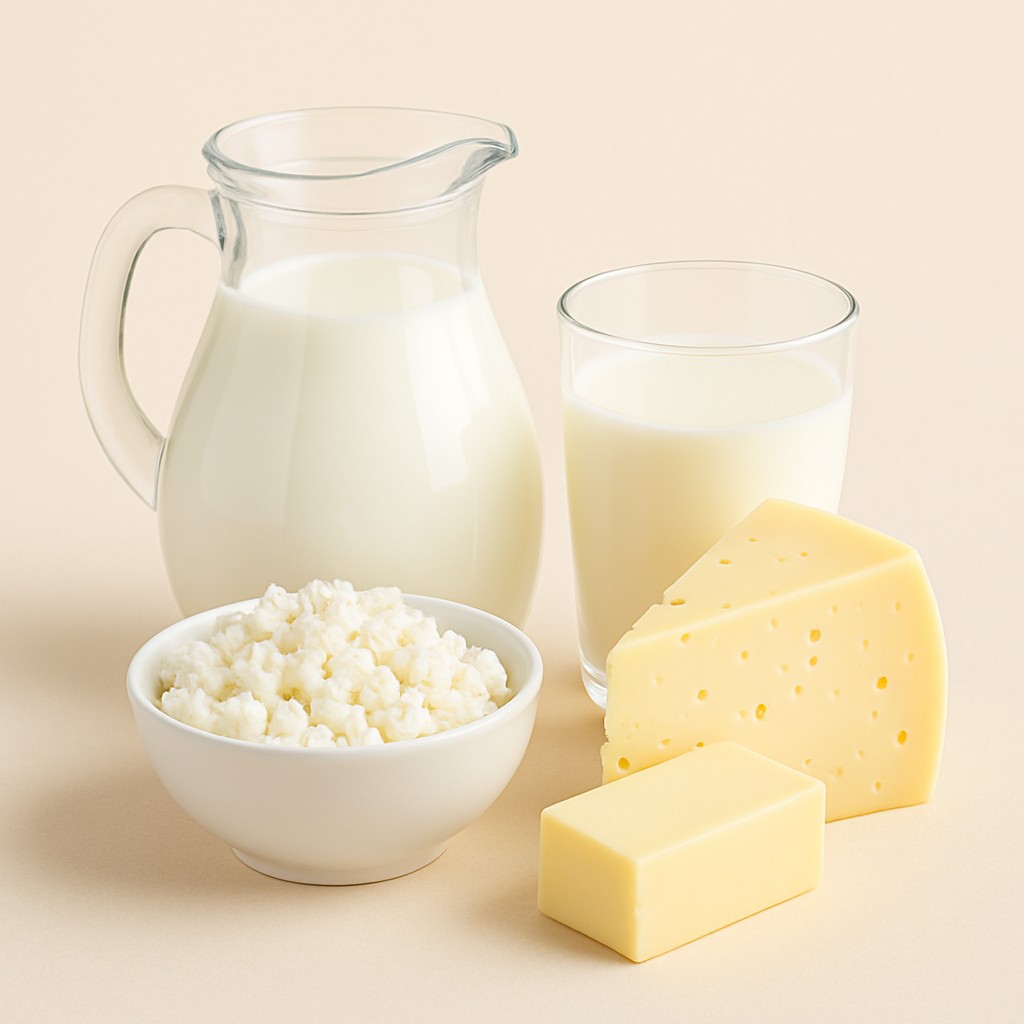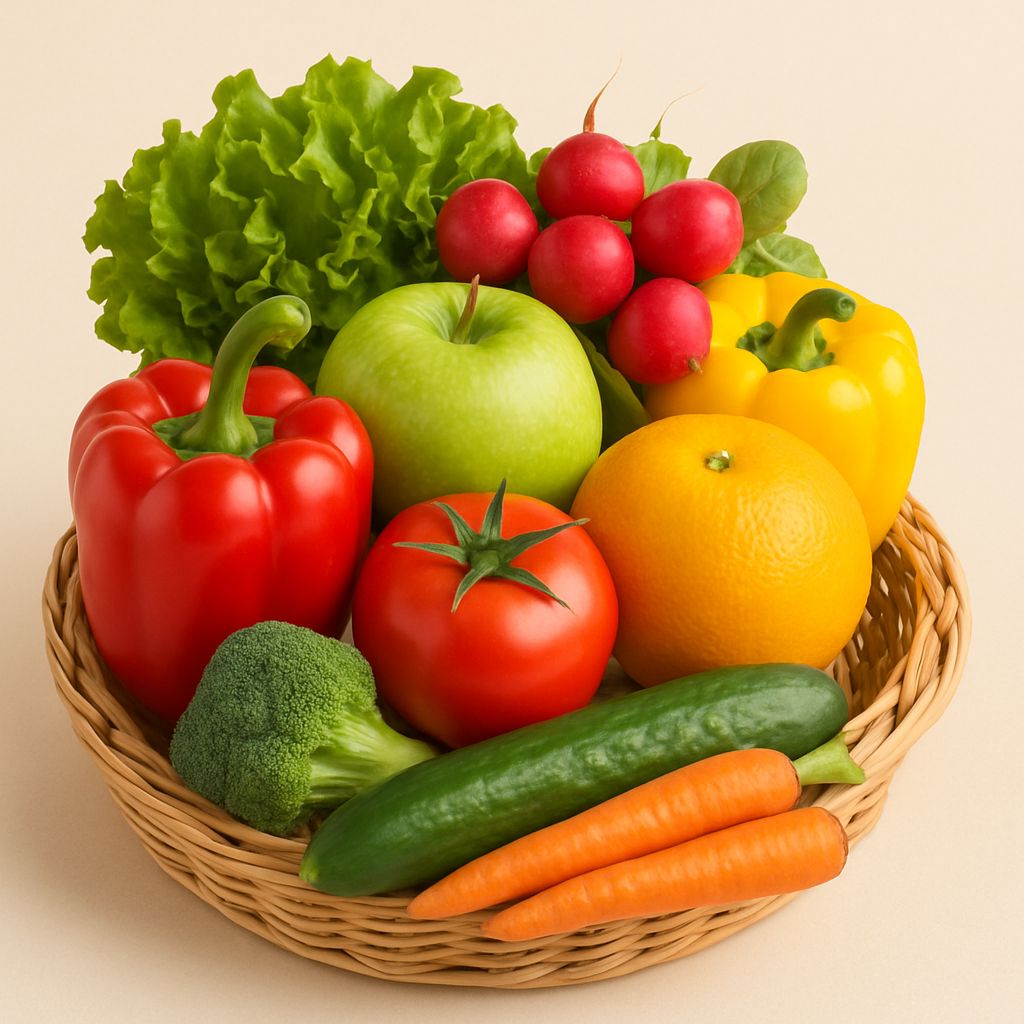
Boost Your E-commerce Success with Local Products
How to Make Your E-commerce Store Stand Out with Local Products
In a market as diverse and vibrant as India, every small business owner wants to stand out. But what if the secret to success is tapping into what makes India unique?
Small and medium-sized businesses (SMBs) in India should focus on selling products that reflect local pride and culture. This connection is important for their success. This can help create a strong and profitable online brand. Whether you’re selling Rajasthan’s handcrafted jewelry, West Bengal’s intricate textiles, or Kerala’s organic spices, showcasing region-specific items can set you apart in the crowded e-commerce landscape.
Here’s a guide to selling regional products online. It covers how to find the right products and market them well. You will find tips to help you connect with customers and grow your e-commerce business.
1. Identifying High-Demand Regional Products
The first step to building an e-commerce store that sells local products is understanding what’s popular in each region. India’s cultural diversity means that demand for specific products varies greatly across states. Handloom sarees, tribal jewelry, ayurvedic products, and eco-friendly items from local artisans are examples of unique products. These items attract buyers who appreciate authenticity.
To identify these opportunities:
- Conduct Market Research: Use tools like Google Trends to find what’s popular across states. Search terms like “Jaipur jewelry” or “Kashmiri spices” can reveal trending products.
- Explore Marketplaces: Websites like Amazon and Flipkart often list best-selling regional products, offering a glimpse into consumer preferences.
“Assam silk sarees” are very popular for their special weaving style. They are a great choice if you want to reach customers in North or East India.
Tip: Identify seasonal variations too—such as promoting woolen Pashmina shawls in winter or cotton fabrics in summer.

2. Adding Authenticity: Share the Story Behind Each Product
One of the best ways to connect with customers is to show them where each product comes from and how you make it. Today’s buyers appreciate transparency, especially when it comes to handmade items or products that support local communities.
- Showcase Artisan Stories: Include details about the artisans and their craft on your website or product pages. These stories add emotional value and foster trust with customers who feel they are supporting a worthy cause.
- Highlight Craftsmanship: Whether through photos or videos, showcasing the production process adds depth to your products. Brands like Jaypore and Okhai use this method to build trust and a loyal customer base.
Example: “Meenakari jewelry from Rajasthan is known for its intricate designs and vibrant colors.” By sharing the history and craftsmanship behind this jewelry, you can attract customers interested in unique, culturally significant pieces.
Tip: Create a section on your website about the heritage of each product. This helps customers see the value of what they are buying.
3. Localize Your Branding with Language and Cultural Aesthetics
As a small business owner in India, you can connect with your customers by using their native language. Culturally relevant design elements also help strengthen this connection. India’s diverse languages offer a unique opportunity to stand out by personalizing the online shopping experience.
- Use Regional Languages: Think about making product descriptions, ads, and customer support in local languages. This is important if your target audience is in Tier 2 and Tier 3 cities. This level of personalization builds trust with customers.
- Use cultural symbols. Simple design choices, such as traditional patterns or colors, can make your website and marketing materials feel genuine.
A brand that sells handmade brass utensils can use traditional designs. It can also include Hindi or Tamil descriptions to connect with a specific audience.
Tip: Use local phrases in social media posts to connect with a wider audience. Studies show that 70% of Indian online shoppers prefer browsing in their regional language.

4. Embrace Sustainable Sourcing and Ethical Production
With Indian consumers becoming increasingly aware of environmental issues, products that emphasize sustainability and ethical sourcing can give you a competitive edge. By choosing eco-friendly products made by artisans who are paid fairly, you can build a loyal customer base.
- Choose Eco-friendly Materials: Work with local artisans who use natural or recycled materials. Highlight this commitment to sustainability on your product pages.
- Fair Trade Practices: Many customers are ready to pay more for products that ensure fair wages and ethical production. Emphasize these practices to attract socially conscious buyers.
A store that sells eco-friendly jute bags from West Bengal can stand out. It can promote the bags as biodegradable and sustainable.
Tip: Add an “Our Commitment” page on your website, where you detail your sustainability and ethical practices. Over 70% of Indian consumers report being influenced by sustainability when making purchasing decisions.
5. Capitalize on India’s Festival Marketing and Cultural Events
In India, festivals and cultural celebrations present prime opportunities to increase sales. You can attract more customers by creating themed products. Offering special discounts for festivals like Diwali, Holi, or Onam can also help increase engagement.
- Seasonal Promotions: Launch festival-specific promotions and highlight regionally relevant products. Diwali decor items in the North, for example, or Pongal-themed products in Tamil Nadu.
- Use Cultural Symbols in Marketing: Design banners and social media posts using motifs associated with specific festivals.
If you sell traditional clothing, use a Diwali or Navratri theme in your marketing. This can attract more customers during the festive season.
Tip: Remember to update your product inventory and website in advance of major festivals. Indian e-commerce sales can rise by up to 50% during these times. This creates great chances for targeted marketing.

Current E-commerce Trends in India
- Growing Preference for Regional Languages: More people from Tier 2 and Tier 3 cities are shopping online. Offering a native language experience can help build customer loyalty.
- Rise in Sustainability and Eco-conscious Buying: Sustainable and eco-friendly products are very popular now. More Indian consumers are willing to pay extra for products that match their values.
- Festival Shopping Boom: E-commerce sales rise during festivals. Focusing on culturally relevant products helps increase engagement and sales.
Conclusion
The Indian e-commerce scene in 2024 has many chances for small and medium-sized businesses. They can shine with locally inspired products. You can build a brand that connects with customers in India by focusing on local products. Share real stories and use sustainable practices.
If you’re ready to build a successful e-commerce store, head over to buildmystore.io.











